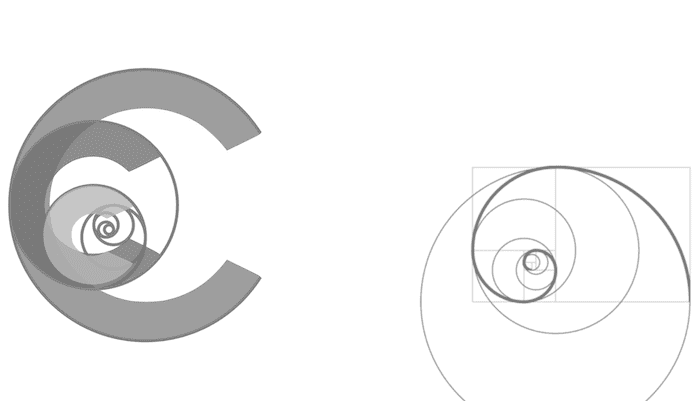Ketamine RSI for head injury
Reviewed and revised 11 December 2015; originally inspired by a talk by Mike Winters at Essentials 2010
OVERVIEW
- Traditionally ketamine was contra-indicated for use in rapid sequence intubation of the head injured patient
- This view has since been debunked
- Recent evidence suggests that ketamine may actually be useful in this setting
TRADITIONAL CONCERNS
Ketamine was traditionally “contraindicated” in patients with traumatic brain injury due to concerns about ketamine causing raised intracranial pressure:
- Mostly derived from studies performed in the 1970s
- Studies done on patients with non-traumatic intracranial lesions
- Changes in ICP measured as changes in CSF pressure at lumbar spine and lateral ventricles with extrapolation to changes in CBF
- Ketamine was shown to have deleterious increase in ICP predominantly in patients with obstructed CSF pathways
RECENT EVIDENCE
Human studies
- sub-anesthetic doses shown to produce small increases in CBF in healthy volunteers
Indirect studies (used as infusion post-intubation):
- Kolenda et al (1996)
— ketamine/midazolam vs. fentanyl/midazolam in moderate to severe head injury – slightly higher ICP and CPP in ketamine group with no difference in outcome - Albanese et al (1997)
— propofol sedated ventilated patients with TBI – ketamine produced a decrease in ICP with no change in CPP - Bourgoin et al (2003)
— ketamine/midazolam vs. sulfentanyl/midazolam for moderate to severe TBI – no difference in mean daily ICP or CPP - Bar-Joseph et al (2009)
— sedated children with intracranial hypertension randomised to ketamine bolus — ketamine bolus decreased ICP and increased CPP
Animal studies:
- Ketamine may cause NMDA-mediated neurotoxicity in the developing brain, but no evidence in humans
- Does not appear to interfere with cerebral metabolism; does not increase cerebral oxygen consumption or reduce regional glucose metabolism
BOTTOM LINE
- The evidence that ketamine elevates ICP is weak
- There is no evidence that ketamine causes harm in TBI
- Ketamine’s haemodynamic stability may be of benefit in the patient with traumatic brain injury requiring rapid sequence intubation
References and Links
Journal articles
- Albanèse J, Arnaud S, Rey M, Thomachot L, Alliez B, Martin C. Ketamine decreases intracranial pressure and electroencephalographic activity in traumatic brain injury patients during propofol sedation. Anesthesiology. 1997 Dec;87(6):1328-34. PMID: 9416717.
- Bar-Joseph G, Guilburd Y, Tamir A, Guilburd JN. Effectiveness of ketamine in decreasing intracranial pressure in children with intracranial hypertension. J Neurosurg Pediatr. 2009 Jul;4(1):40-6. PMID: 19569909.
- Bourgoin A, Albanèse J, Wereszczynski N, Charbit M, Vialet R, Martin C. Safety of sedation with ketamine in severe head injury patients: comparison with sufentanil. Crit Care Med. 2003 Mar;31(3):711-7. PMID: 12626974.
- Domino EF. Taming the ketamine tiger. 1965. Anesthesiology. 2010 Sep;113(3):678-84. PMID: 20693870
- Green SM, Coté CJ. Ketamine and neurotoxicity: clinical perspectives and implications for emergency medicine. Ann Emerg Med. 2009 Aug;54(2):181-90. PMID: 18990467.
- Hughes S. Towards evidence based emergency medicine: best BETs from the Manchester Royal Infirmary. BET 3: is ketamine a viable induction agent for the trauma patient with potential brain injury. Emerg Med J. 2011 Dec;28(12):1076-7. PMID: 22101599.
- Kolenda H, Gremmelt A, Rading S, Braun U, Markakis E. Ketamine for analgosedative therapy in intensive care treatment of head-injured patients. Acta Neurochir (Wien). 1996;138(10):1193-9. Erratum in: Acta Neurochir (Wien) 1997;139(12):1193. PMID: 8955439.
- Sehdev RS, Symmons DA, Kindl K. Ketamine for rapid sequence induction in patients with head injury in the emergency department. Emerg Med Australas. 2006 Feb;18(1):37-44. PMID: 16454773

Critical Care
Compendium
Chris is an Intensivist and ECMO specialist at The Alfred ICU, where he is Deputy Director (Education). He is a Clinical Adjunct Associate Professor at Monash University, the Lead for the Clinician Educator Incubator programme, and a CICM First Part Examiner.
He is an internationally recognised Clinician Educator with a passion for helping clinicians learn and for improving the clinical performance of individuals and collectives. He was one of the founders of the FOAM movement (Free Open-Access Medical education) has been recognised for his contributions to education with awards from ANZICS, ANZAHPE, and ACEM.
His one great achievement is being the father of three amazing children.
On Bluesky, he is @precordialthump.bsky.social and on the site that Elon has screwed up, he is @precordialthump.
| INTENSIVE | RAGE | Resuscitology | SMACC
